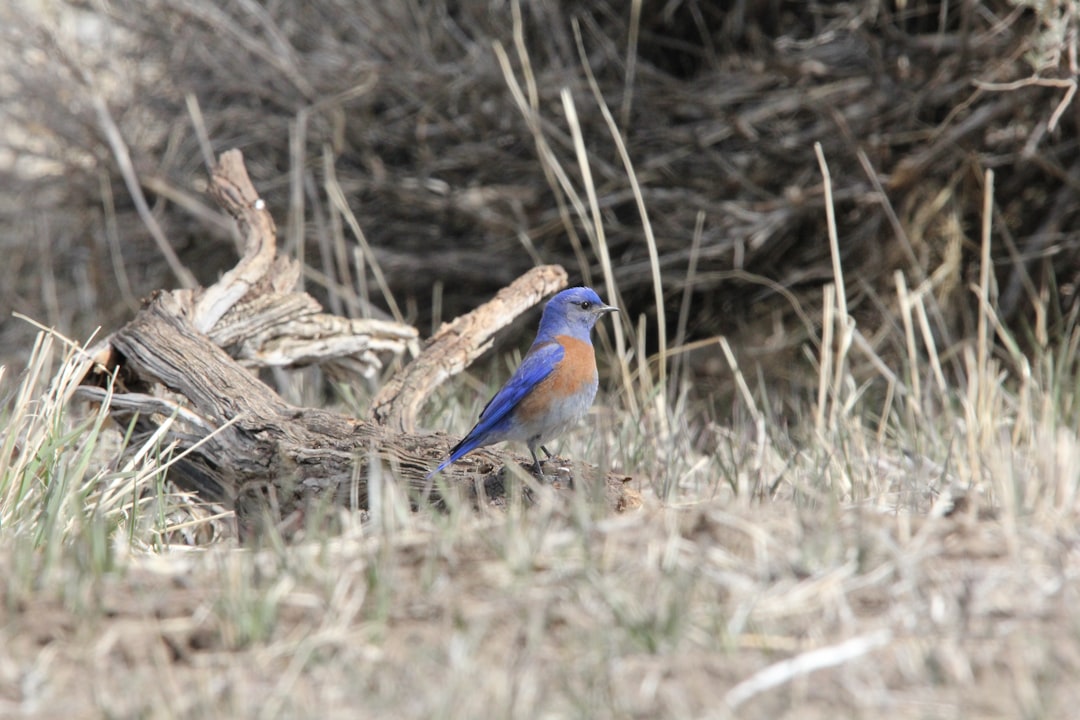Breeding vs. Seeding
What's the Difference?
Breeding and seeding are both important processes in agriculture that involve the propagation of plants. Breeding typically refers to the controlled mating of plants to produce offspring with desired traits, such as disease resistance or higher yields. This process often involves selecting parent plants with specific characteristics and crossing them to create new varieties. Seeding, on the other hand, involves planting seeds in the ground to grow new plants. While breeding focuses on genetic manipulation to create new plant varieties, seeding is a more straightforward method of propagation that is commonly used for annual crops. Both breeding and seeding play crucial roles in the development and maintenance of agricultural crops.
Comparison

| Attribute | Breeding | Seeding |
|---|---|---|
| Definition | The process of mating selected organisms to produce offspring with desired traits | The process of planting seeds in soil to grow plants |
| Goal | To improve the genetic characteristics of the offspring | To grow new plants |
| Timeframe | Can take several generations to see desired results | Results can be seen within a single growing season |
| Method | Selection of parent organisms with desired traits | Planting seeds in soil |
| Control | Can control which organisms are bred together | Control over planting conditions and seed selection |

Further Detail
Introduction
When it comes to growing plants, two common methods are breeding and seeding. Both techniques have their own set of attributes that make them unique and effective in their own ways. In this article, we will explore the differences between breeding and seeding, and discuss the advantages and disadvantages of each method.
Definition
Breeding is the process of crossing two plants with desirable traits to produce offspring with those same traits. This can be done through natural pollination or controlled breeding in a laboratory setting. Seeding, on the other hand, involves planting seeds directly into the soil and allowing them to grow naturally without any intervention.
Control
One of the main differences between breeding and seeding is the level of control that can be exerted over the process. With breeding, plant breeders have the ability to select specific traits they want to see in the offspring, such as disease resistance or higher yields. This allows for targeted breeding programs to create plants with desired characteristics. Seeding, on the other hand, relies on natural selection and random genetic variation to determine the traits of the resulting plants.
Time and Effort
Another important factor to consider when comparing breeding and seeding is the amount of time and effort required for each method. Breeding can be a time-consuming process that involves multiple generations of plants to achieve the desired traits. It also requires specialized knowledge and skills to successfully cross plants and select for specific traits. Seeding, on the other hand, is a relatively simple and straightforward process that can be done by anyone with basic gardening skills. However, it may take longer for desired traits to emerge in seeded plants compared to bred plants.
Diversity
One of the advantages of breeding is the ability to create new plant varieties with unique traits that may not exist in nature. By crossing different plants, breeders can introduce novel characteristics into the gene pool and create plants that are better suited to specific environments or purposes. Seeding, on the other hand, relies on the existing genetic diversity of the seed stock, which may limit the range of traits that can be expressed in the resulting plants.
Cost
Cost is another important factor to consider when choosing between breeding and seeding. Breeding programs can be expensive, requiring resources such as specialized equipment, facilities, and skilled personnel. In contrast, seeding is a more cost-effective method that only requires seeds and basic gardening supplies. This makes seeding a more accessible option for home gardeners or small-scale farmers who may not have the resources to invest in breeding programs.
Adaptability
One of the key advantages of seeding is the adaptability of the resulting plants to their environment. Seeded plants are more likely to be well-suited to local conditions and have a higher chance of survival compared to bred plants, which may be less resilient to environmental stressors. This makes seeding a practical choice for regions with unpredictable climates or limited resources, where plants need to be able to thrive under a variety of conditions.
Conclusion
In conclusion, both breeding and seeding have their own unique attributes that make them valuable methods for growing plants. Breeding offers the ability to create new plant varieties with specific traits, while seeding provides a more cost-effective and adaptable approach to plant cultivation. The choice between breeding and seeding ultimately depends on the goals of the grower, the resources available, and the specific needs of the plants being grown.
Comparisons may contain inaccurate information about people, places, or facts. Please report any issues.